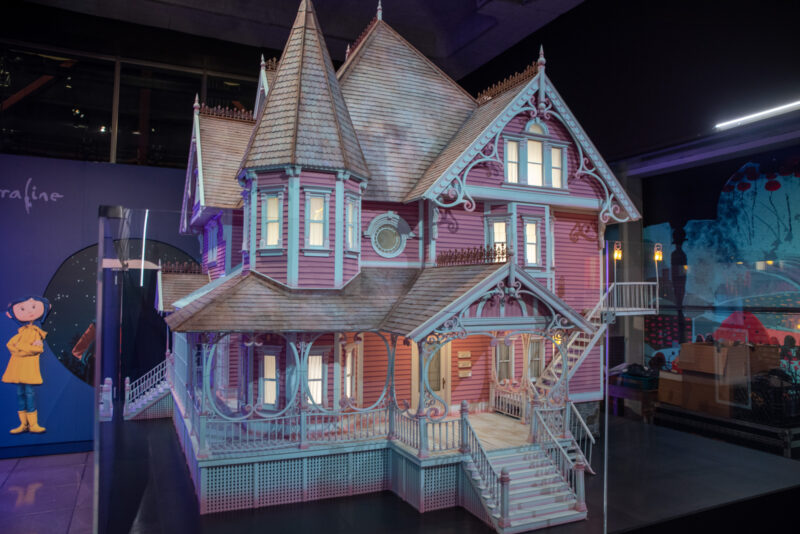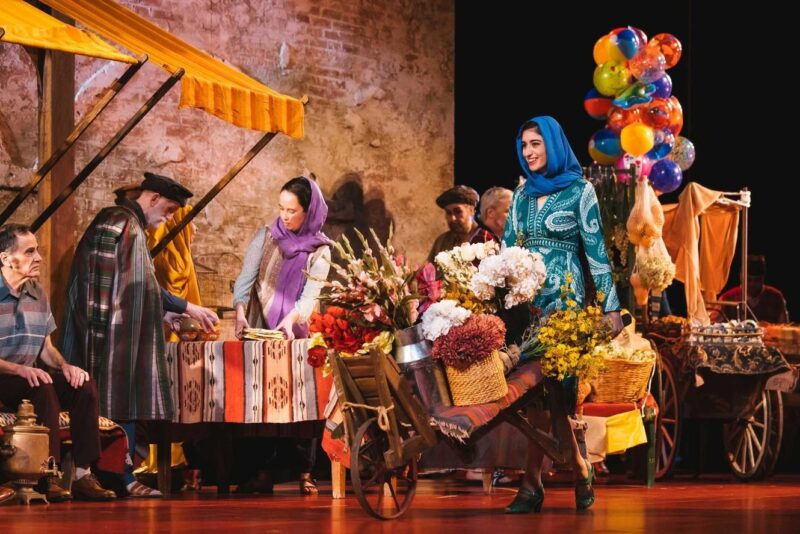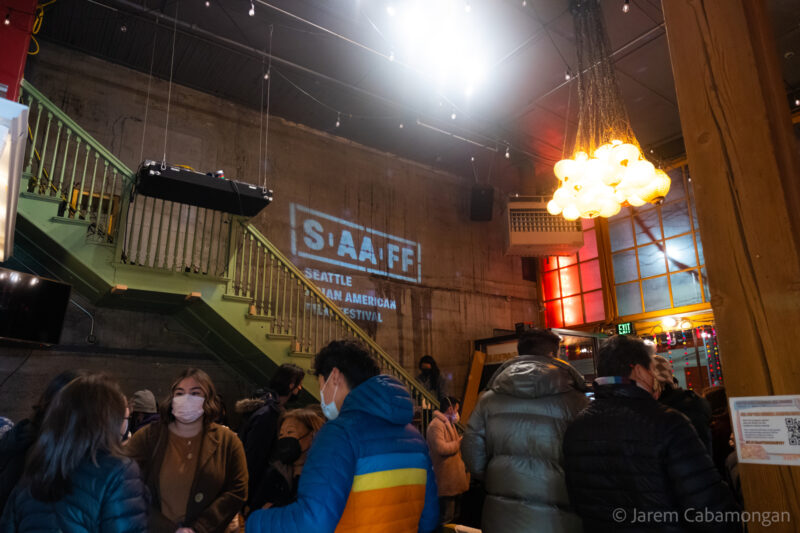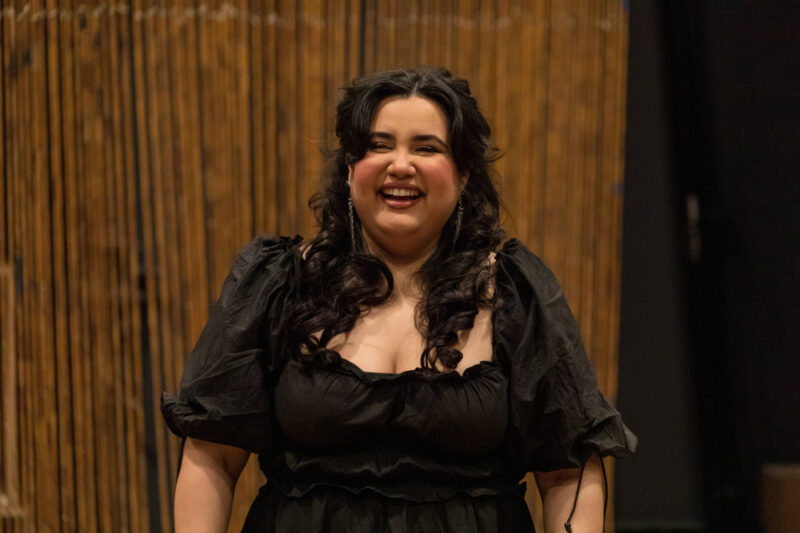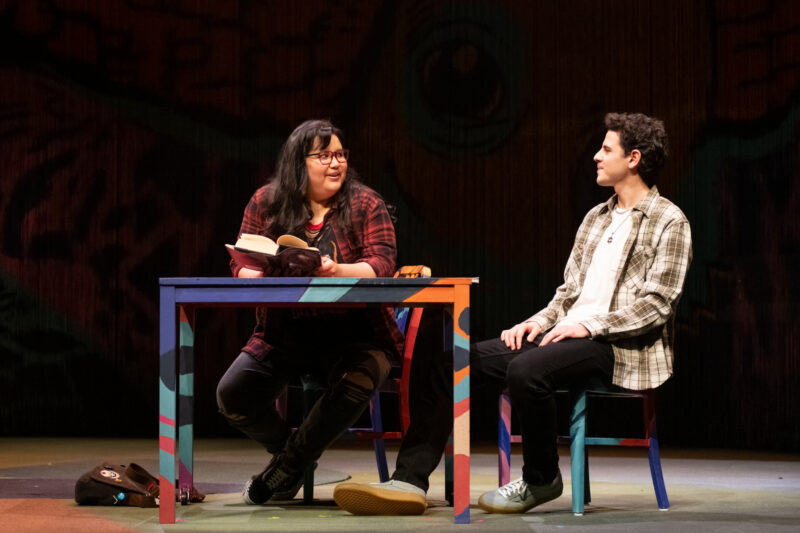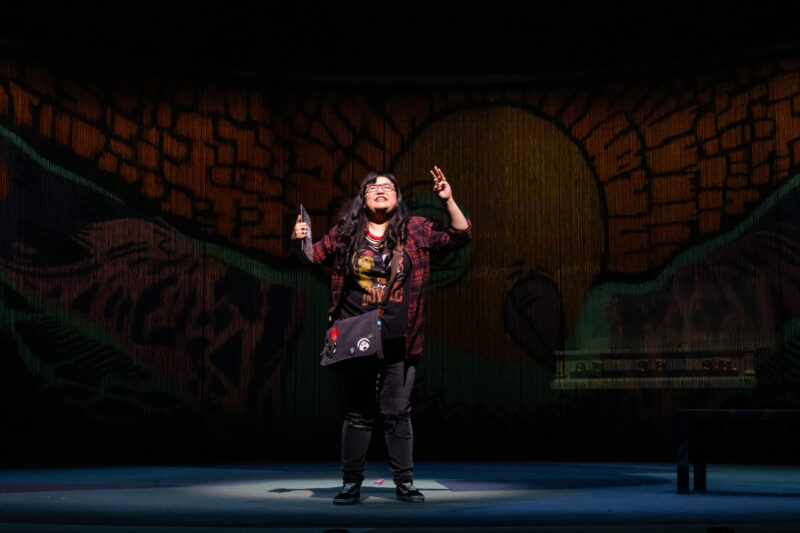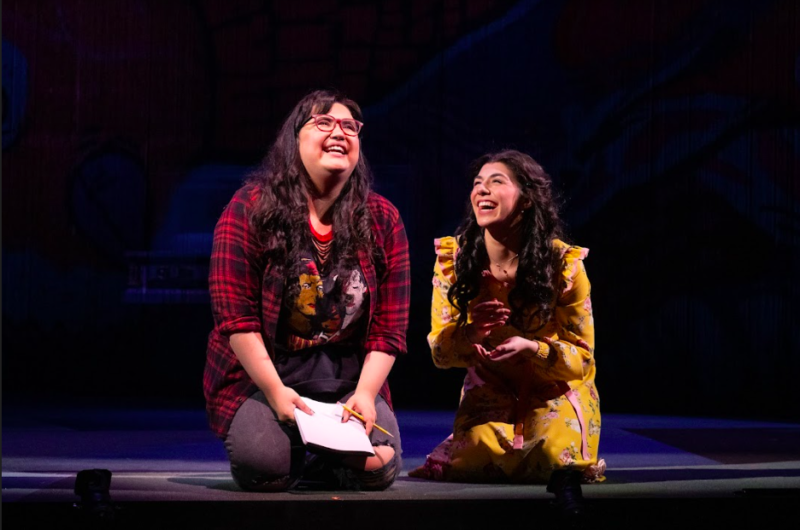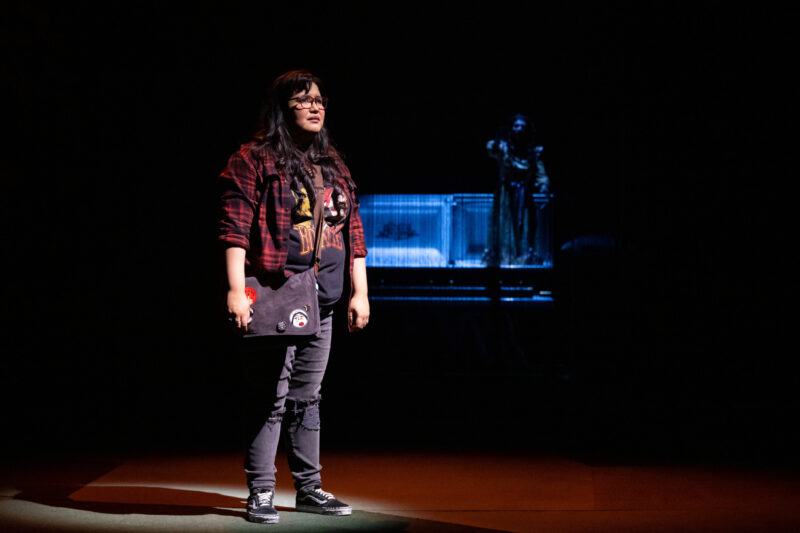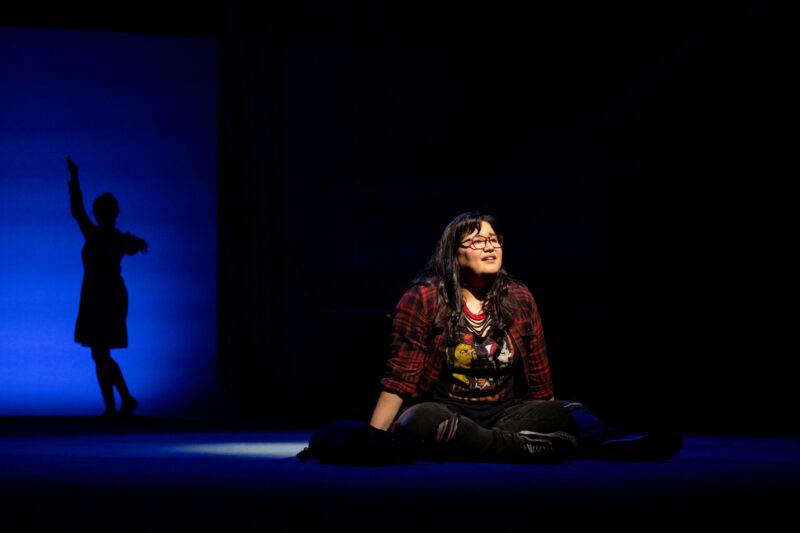All Over the Place
Review of Into the Woods at the 5th Avenue Theatre
Written by Shizuka Minamoto during an Arts Criticism workshop at Glacier Middle School
Before the play began above the stage with the words "wish", The play then began. When the lights go out then you start seeing the narrator, later on the actors appear on stage and begin to bring the fairytale to life. More hanging lights with multiple colors, as well as props and colorful costumes appear. The narrator provides a brief hint to each character's storyline to give you a sense of excitement for what is about to come. Well, the issue is the narrator sounded like they were mumbling something loudly into the microphone and so did the first speaker way before the show began.
The plot and theme was telling us there are consequences to our actions. Even the smallest actions, it all has consequences. They show this by putting famously known fairy tales together into one (the tales that were mentioned are: Cinderella, Little Red Riding Hood, and Jack and the Beanstalk.) Each character has their own wishes but there are obstacles (and consequences) to get what they desire. At one point all the characters meet up and try to work together to defeat the giant to rescue the boy.



